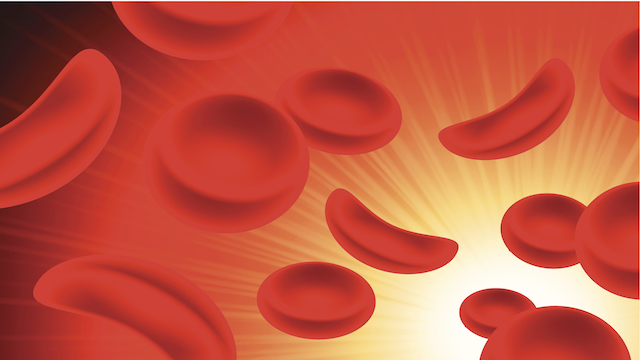Key Points
- SCD patients have elevated cell-free mitochondrial DNA (cf-mtDNA) that can be sourced to abnormal retention of mitochondria in RBCs
- The cf-mtDNA is disproportionately hypomethylated, triggers formation of neutrophil extracellular traps, thereby acting as an e-DAMP
The pathophysiology of sickle cell disease (SCD) is driven by chronic inflammation. We show that elevated cell-free DNA (cfDNA) in SCD patients is not just a prognostic biomarker but contributes to the pathological inflammation. Within the elevated cfDNA, SCD patients had significantly higher proportion of mitochondrial (cf-mtDNA) to nuclear cfDNA (cf-nDNA) compared to healthy controls. Additionally, mtDNA in patient samples showed significant disproportionately increased hypomethylation compared to healthy controls, that was further increased in crises when compared to steady-state. Using flow cytometry, structured illumination microscopy and electron microscopy, we showed that circulating SCD red blood cells abnormally retained their mitochondria, and thus likely to be the source of the elevated cf-mtDNA in SCD patients. Patient plasma containing high levels of cf-mtDNA triggered formation of neutrophil extracellular traps (NETs) that was substantially reduced by inhibition of TANK-binding kinase 1 (TBK1) implicating activation of the cGAS-STING pathway. cf-mtDNA is an erythrocytic-DAMP, highlighting an underappreciated role of mitochondria in sickle pathology. Clinicaltrials.gov identifiers: #NCT00081523, #NCT03049475, #NCT00047996







